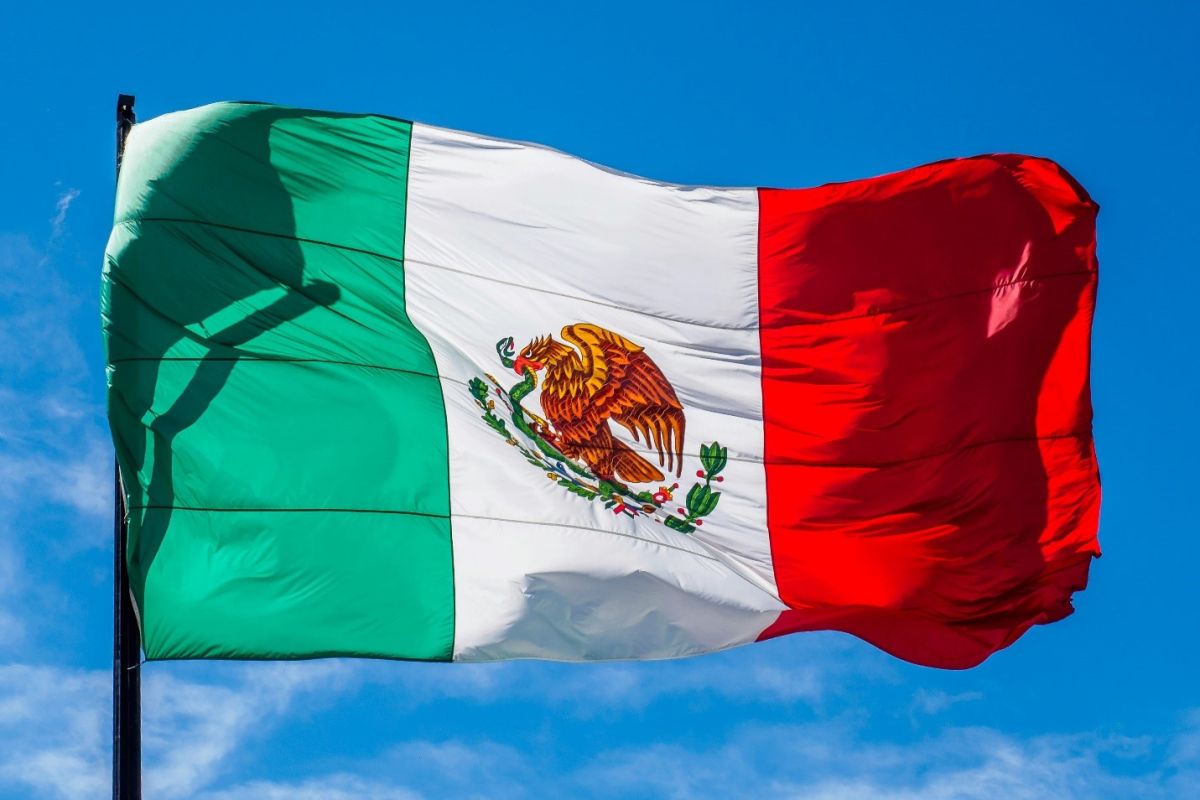
Economy, International Markets, Week in Review
Mexican peso fluctuates as international economic uncertainty persists
The Mexican economy holds steady, but fluctuating currency value and mounting international pressure weigh on Latin America’s second largest economy.

The Mexican economy holds steady, but fluctuating currency value and mounting international pressure weigh on Latin America’s second largest economy.
The Mexican peso is set to dip in the next few months, with a forecasted 5.5% drop over the next year. The peso has fluctuated a fair bit in the past year, with the currency hitting its strongest point in the last few months after a sharp decline at the end of 2024, according to Reuters.
Fluctuation can be attributed to the ongoing trade tensions, with the three-month pause on United States tariffs against other countries ending next week. The tariffs, announced in April, have sparked ongoing tension between the United States and major trade allies, largely China, the European Union and Japan, who have yet to settle on a trade agreement. These global tensions directly relate to the volatility of currencies, even as Mexico reached an agreement with the United States that greatly reduced the restrictions on Mexican imports.
While the threat of tariffs from the United States has eased, there is still tension between the two countries. The U.S. Treasury Department announced last month that it would block transactions between U.S. banks and Mexican branches of CIBanco, Intercam Banco and the brokering firm Vector Casa de Bolsa, according to AP.
The sanctions come after accusations from U.S. President Donald Trump’s administration that the three institutions have helped launder money for drug cartels, which all banks vehemently reject. Mexico’s President Caludia Sheinbaum accuses the administration of providing no evidence to support these allegations.
“There is no evidence,” Sheinbaum said, according to Reuters. “We will collaborate and coordinate [with U.S. authorities], but we will not bend to them.”
The sanctions will go into effect July 21. Fitch Ratings, a credit rating agency, has downgraded the three institutions citing “anti-money laundering concerns,” according to AP, with the drop reflecting the “the imminent negative impact” that U.S. sanctions could have.
“The new ratings reflect the significantly more vulnerable credit profile of these entities in response to the aforementioned warnings, given the potential impact on their ability to meet their financial obligations,” Fitch Ratings said in a statement, per AP.
Following the announcement from the U.S. Treasury, Visa Inc. announced that it has “unilaterally decided to disconnect its platform for all international transactions” through CIBanco. The bank has accused Visa of pulling out suddenly without complying with the 21-day grace period prescribed by the sanctions. S&P Ratings also withdrew CIBanco from its ratings index.
On average, customers in Mexico are 14 days beyond terms, according to FCIB’s Credit and Collections Survey, with 65% of respondents saying that delays are staying the same while 26% believe they are increasing. The primary causes of these delays are billing disputes (50%), customer payment policy (41%) and cultural norms or customs (23%).
“Deductions and disputes have increased due to changes in tariffs and fees,” one respondent wrote. While another respondent found that “many customers are negotiating terms due to increased tariffs.”





